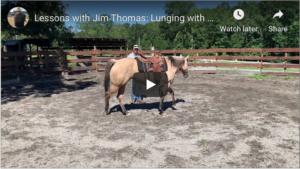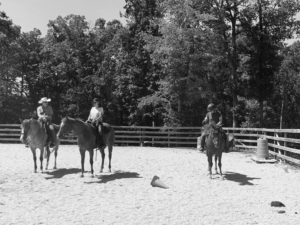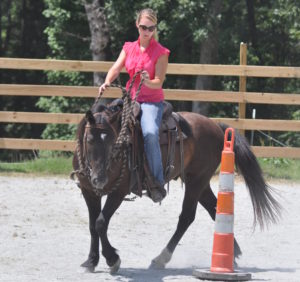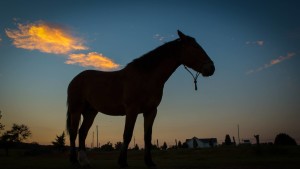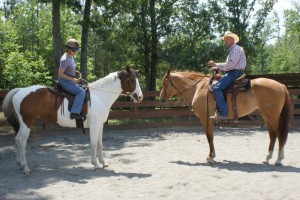Lessons with Jim: Lunging with the Rear Cinch
In this video lesson, Jim works with a horse who is having a difficult time accepting the rear cinch during a lunging exercise. "Closeness just gives us the ability to have a better conversation with our horse. Distance and feel in the lead line is like distance when trying to talk to somebody across the room or the arena. The closer I can get that person to me, the better they understand what I’m saying. The closer I can keep this horse to me on this lead line, the better she can understand the feel of what I’m offering up

